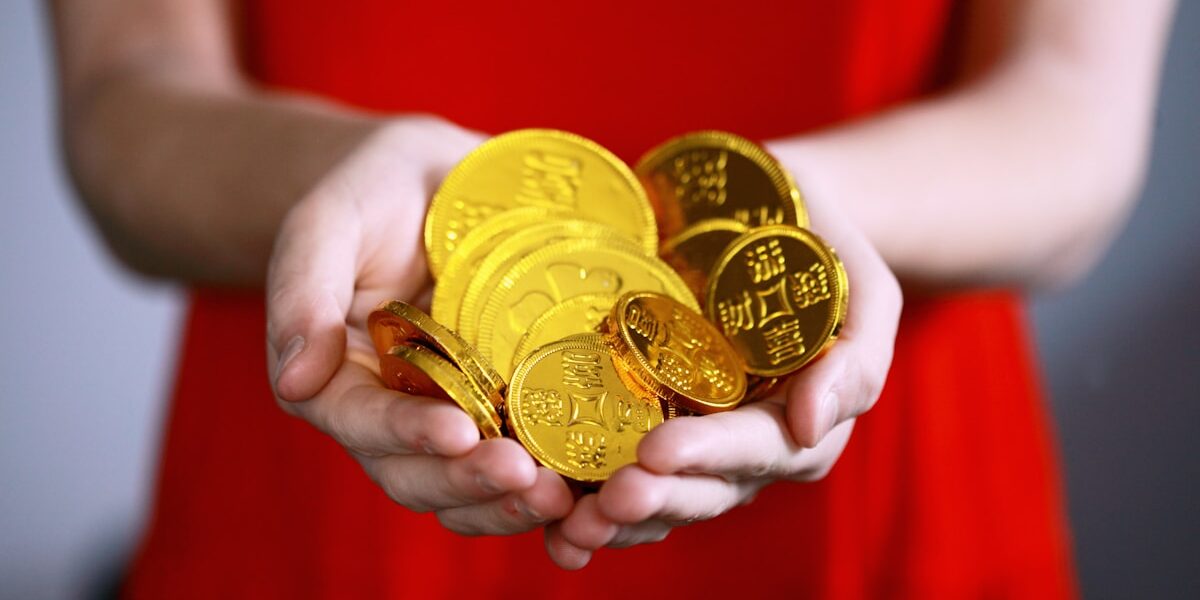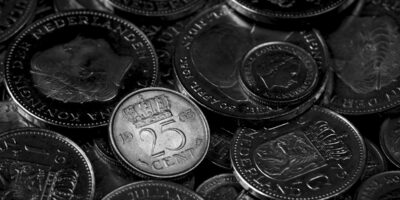The Story Behind the Faces on the Half Dollar
The half dollar, a coin that often passes through our hands in everyday transactions, holds intriguing stories of American history with the figures it commemorates. It has been minted since 1794, and over the centuries, it has showcased various designs and portraits.
Benjamin Franklin: The First Portrait

In 1948, the face of Benjamin Franklin, a founding father of the United States, appeared on the half dollar. This marked a significant change since it was unusual for non-presidents to be featured on U.S. currency. Franklin, known for his contributions as a statesman, scientist, and inventor, symbolized the spirit of American innovation.
The Franklin Half Dollar was the brainchild of U.S. Mint Director Nellie Tayloe Ross. She sought to introduce designs that reflected national heritage. The reverse side of this coin displayed the Liberty Bell, a symbol of American independence. However, the coin’s design endured criticism for having a small eagle to comply with the law mandating its inclusion.
Despite these critiques, the Franklin Half Dollar remained in circulation until 1963. Its presence in American currency coincided with significant historical events, such as World War II and the beginning of the Civil Rights Movement.
The Kennedy Half Dollar Emergence
The assassination of President John F. Kennedy in 1963 profoundly impacted the nation. As a tribute, Congress swiftly moved to honor him through currency. Thus, the decision to replace Franklin with Kennedy’s portrait on the half dollar came about. Designers Gilroy Roberts and Frank Gasparro led the project. The design process commenced mere days after Kennedy’s assassination, reflecting an urgent national desire to memorialize the fallen president.
Kennedy’s profile was modeled after Roberts’ earlier work on a medal. The reverse featured the presidential seal, with a heraldic eagle holding olive branches and arrows, symbolizing peace and war. Officials expedited production to have the coins available by early 1964, showcasing the speed with which the Mint could operate when motivated by national sentiment.
The Kennedy Half Dollar became immensely popular. Many Americans hoarded these coins as a memento of the beloved president. As a result, the Mint produced a staggering 429 million half dollars in 1964 alone.
Silver and Clad Compositions
Initially, the Kennedy Half Dollar was struck with a silver composition, but this changed in response to fluctuating silver prices. The Coinage Act of 1965 eliminated silver from all circulating coins except the half dollar. This legislation reduced the silver content from 90% to 40%, altering the coin’s physical properties.
By 1971, silver was completely removed. The new composition utilized a copper-nickel clad system, increasing durability and reducing production costs. This shift remained true to the Half Dollar’s role as a reflection of economic changes and priorities within the U.S. monetary system.
Commemorative Half Dollars
Beyond the everyday circulation coins, several commemorative half dollars have been minted, offering collectors a broader perspective on American history. These coins celebrate pivotal moments and figures.
For instance, the 1982 George Washington Half Dollar marked the 250th anniversary of Washington’s birth. This coin featured a unique dual design with Washington on horseback on one side. The 500th anniversary of Christopher Columbus’ voyage inspired the Columbian Exposition Half Dollar, minted in 1892 and 1893, one of the first commemorative coins issued by the United States.
Numerous other commemorative issues highlight advancements, from Lewis and Clark’s expedition to various Olympic Games. Each of these coins not only represents historical events but offers insight into the values and moments the nation chooses to celebrate.
The Half Dollar in Modern Times
Despite its decline in everyday use, the half dollar remains a component of the U.S. Mint’s offerings. It serves more as a collector’s item than a standard transaction piece. This transition reflects broader shifts towards electronic payments and smaller denominations.
In recent years, the Kennedy Half Dollar has enjoyed limited mintages aimed at collectors. These coins can often be found in mint sets rather than circulating rolls; their production serves to satisfy both numismatic and historical interests.
Collectors maintain a robust interest in these coins due largely to their rich historical significance. The historical narratives embodied within their metal inspire both seasoned collectors and newcomers in the hobby.
Unique Features and Errors
The enduring interest in half dollars is partly fueled by various unique features and errors that occurred over the years. For instance, the 1955 Franklin half is well-known among collectors due to its Bugs Bunny error, where a die clash resulted in what appears to be buck teeth on Franklin’s portrait.
The Kennedy series also saw its share of intriguing variations. The 1964 rounded and accented hair varieties resulted from different die preparation processes, leading to slight differences in Kennedy’s hair detail. Such features often increase a particular coin’s value, drawing collectors seeking rare finds and perfect specimens.
The Broader Economic Context
Historically, the half dollar denoted significant purchasing power. Over time, its role shifted due to inflation and changing consumer habits. This coin once stood as a middle ground, bridging smaller denominations and the dollar coin. However, as prices rose and the relative convenience of smaller denominations increased, its practical use dwindled.
This economic shift mirrors the gradual disappearance of other higher-value coins from circulation, such as the one and two-dollar bills, which saw less frequent use. This change reflects broader economic trends and technological advances, such as credit and debit card proliferation.
Public Perception and Cultural Impact
While the half dollar has seen less of the limelight compared to other coins like the penny or quarter, its cultural impact remains significant. Its presence in casinos and flea markets endures, often seen as the nostalgic cousin to more frequently used denominations. Casinos, particularly in earlier decades, favored the half dollar for use in slot machines. Its size and weight made it suitable for mechanical operations.
The coin’s size and weight indeed lend to its perception as substantial and meaningful, even if only symbolically. Each selection of who graces its surface speaks to societal values and transitions, keeping the half dollar permanently entwined with American cultural identity.
The Half Dollar’s Future
As digital payments grow, the future of physical currency remains in question. Yet, the half dollar maintains a secure niche within numismatic circles. Collectors and historians preserve its legacy, ensuring its continued production and cultural relevance. The U.S. Mint’s ongoing commitment suggests a continued recognition of its historic value, albeit more as a collector’s treasure than a transactional tool.
Recommended Collecting Supplies
Coin Collection Book Holder Album – $9.99
312 pockets for coins of all sizes.
20x Magnifier Jewelry Loupe – $13.99
Essential tool for examining coins and stamps.
As an Amazon Associate, we earn from qualifying purchases.




Subscribe for Updates
Get the latest articles delivered to your inbox.
We respect your privacy. Unsubscribe anytime.